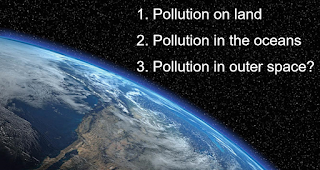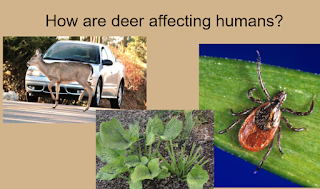From Science to STEAM
You might be wondering, why would educators switch from teaching science to teaching STEAM? Traditionally, science classes were taught in isolation and not integrated with other subjects. This is a compartmentalized way of learning that leaves students with a fragmented view of curriculum (Fogarty, 1992). There are many benefits of integrated STEAM (science, technology, engineering, art, and math) curriculum, including: - Learning that is more meaningful and relevant for students (Kubat & Guray, 2018). - Opportunities for students to develop problem-solving skills as they explore real-world problems from different perspectives (Kubat & Guray, 2018). - A student-centered model that promotes ownership, teamwork, inquiry, and connections among disciplines and to the real-world (Zhbanova, Rule, Montgomery, & Nielsen, 2010). - Students display higher levels of thinking and acquire more content knowledge when engaged in integrative curriculum (Becker & Park, 2011).


